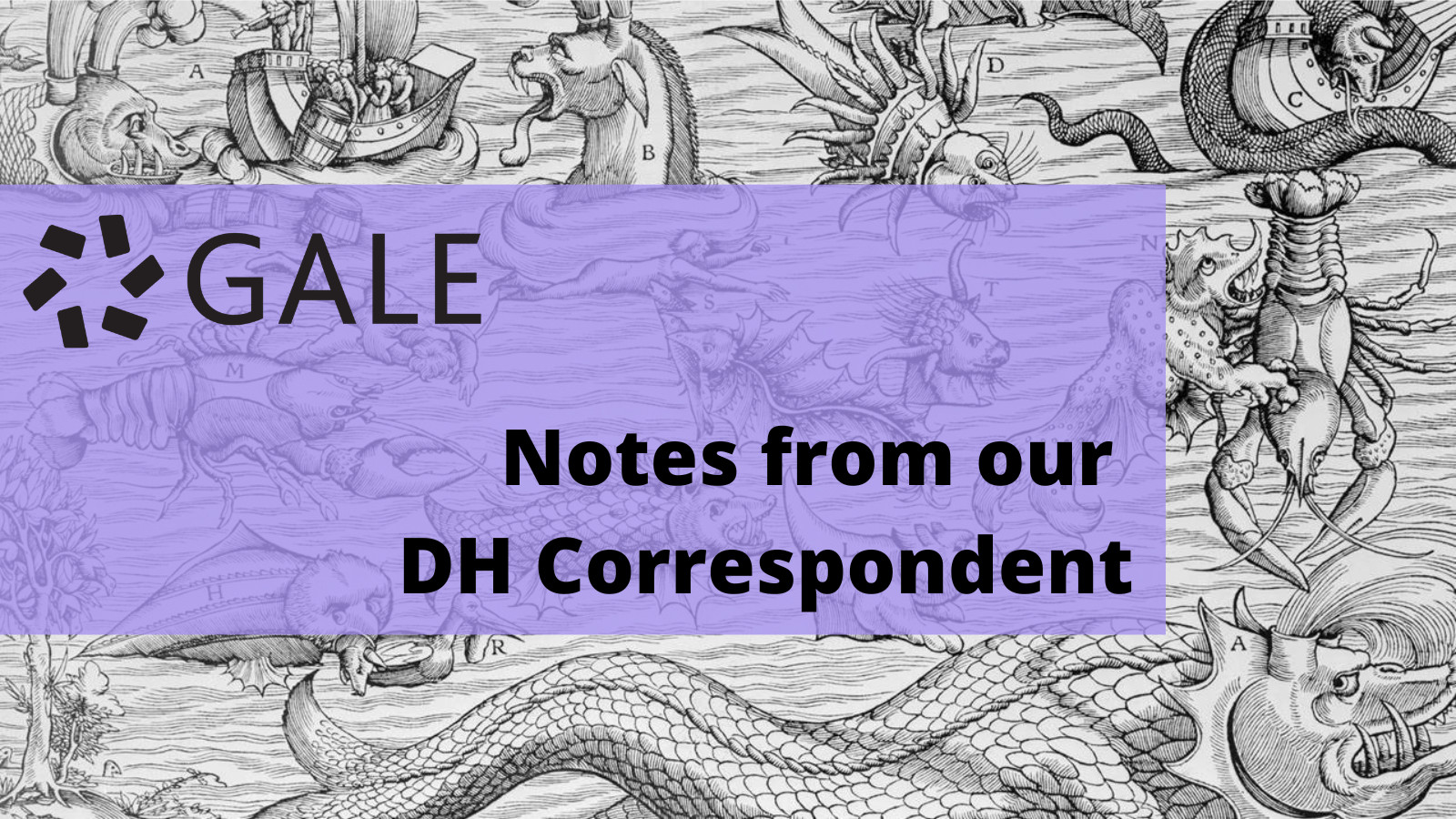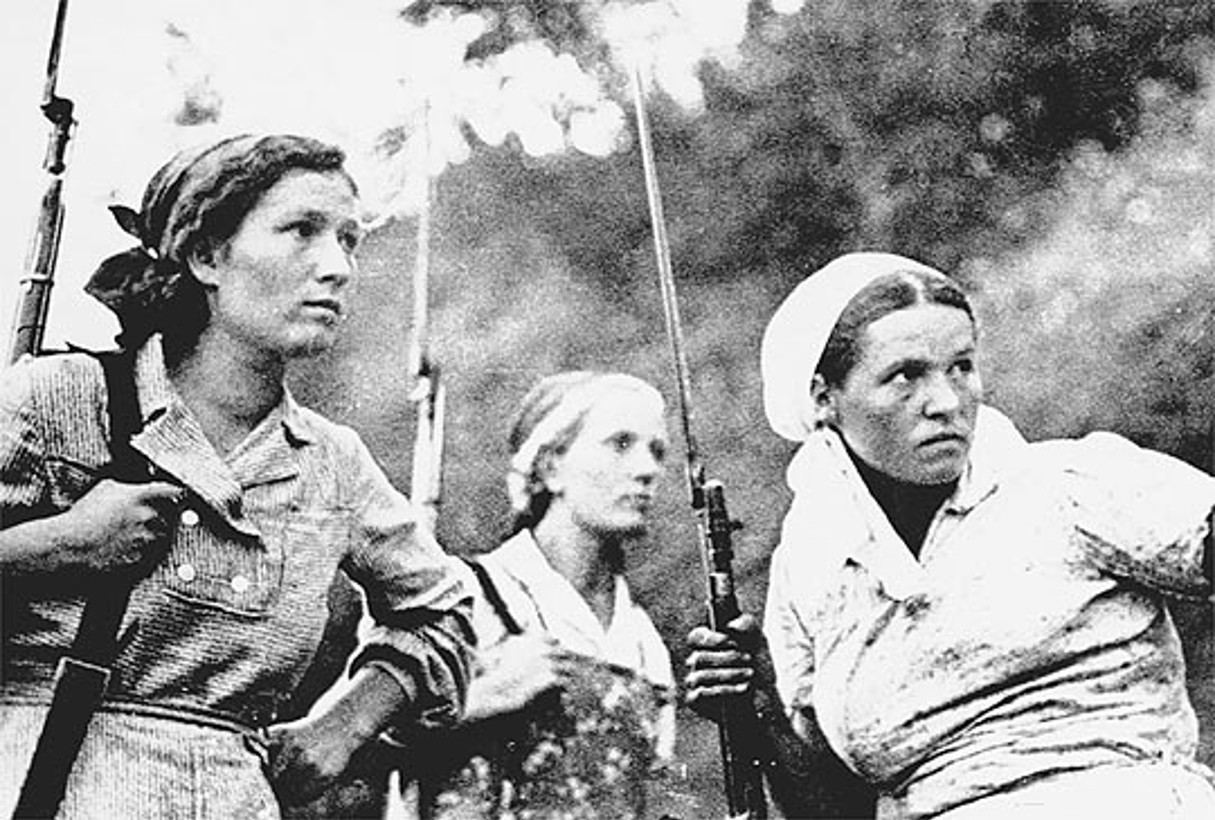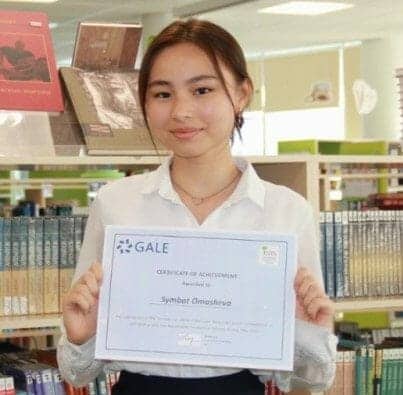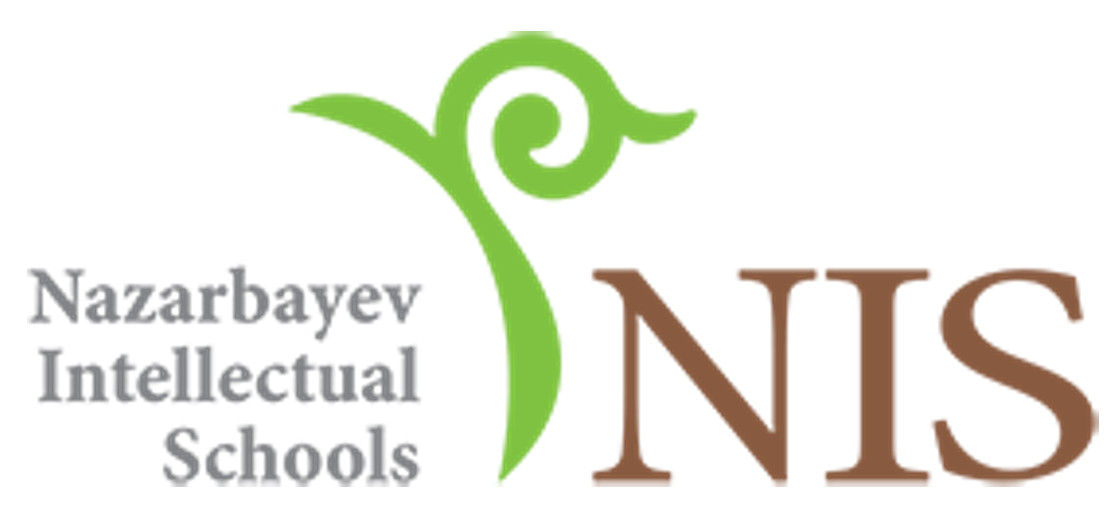│By Sarah L. Ketchley, Senior Digital Humanities Specialist│
Getting to grips with the scope and content of a digital primary source archive held by an institution’s library can be daunting, particularly if the archive consists of thousands of documents in a variety of formats. For an individual researcher, the task of sifting through vast quantities of data in the quest for material that is relevant for a particular research topic is something that can take years to accomplish. This blog post will explore some of the ways a researcher can use Gale Digital Scholar Lab in conjunction with Gale Primary Sources as a platform for exploratory analysis to gain insights into the topics and themes represented in a chosen archive.



 In Spring 2022, Gale ran a competition with Nazarbayev Intellectual Schools, Kazakhstan, which gave students at schools within the group the chance to research and write about a topic of interest – with the two top entries published on The Gale Review! Below is the runner up entry, a superb piece by Year 11 student Symbat Omasheva.
In Spring 2022, Gale ran a competition with Nazarbayev Intellectual Schools, Kazakhstan, which gave students at schools within the group the chance to research and write about a topic of interest – with the two top entries published on The Gale Review! Below is the runner up entry, a superb piece by Year 11 student Symbat Omasheva.
 The schools within the Nazarbayev Intellectual Schools group have access to the
The schools within the Nazarbayev Intellectual Schools group have access to the 
